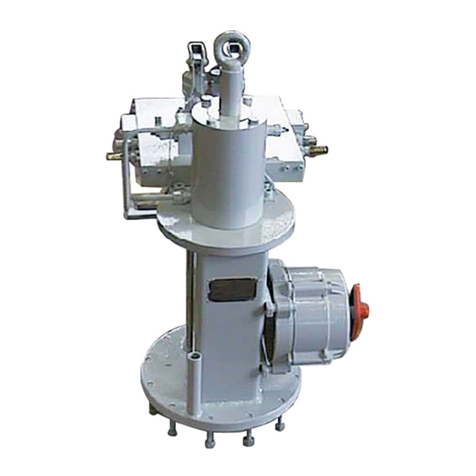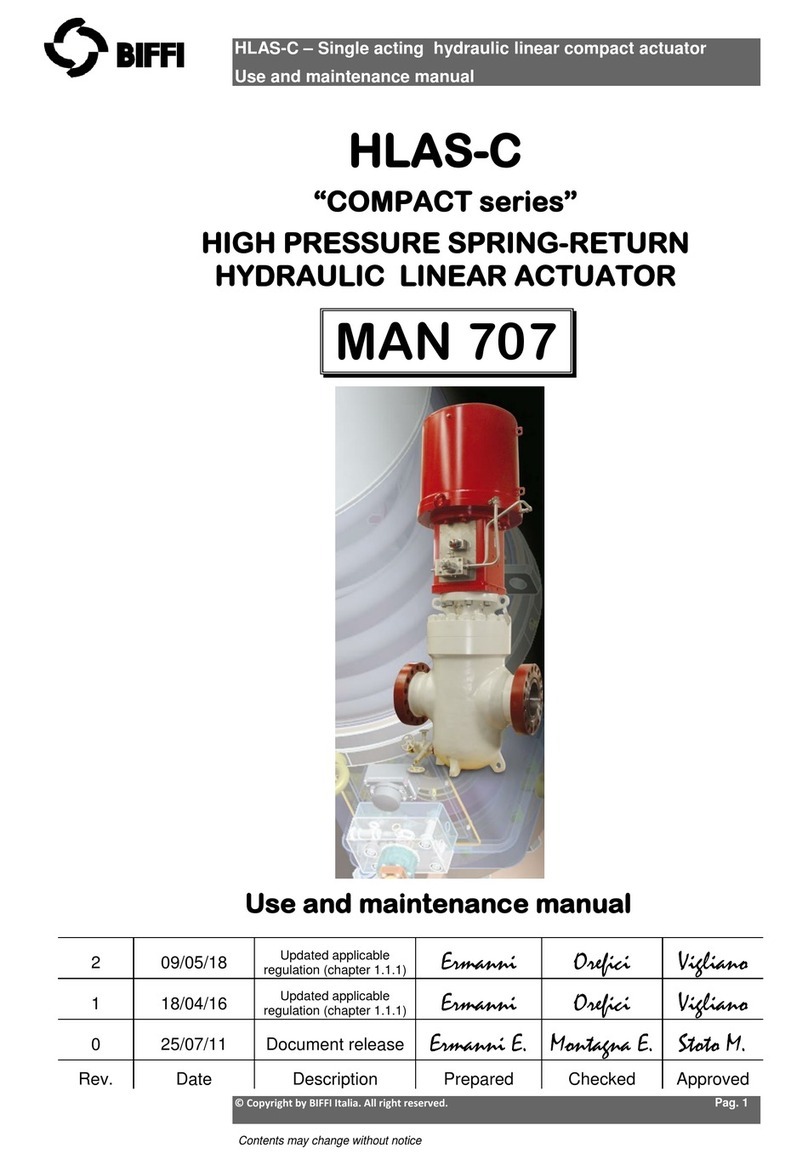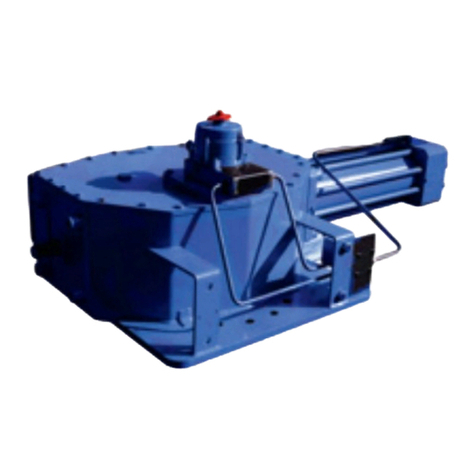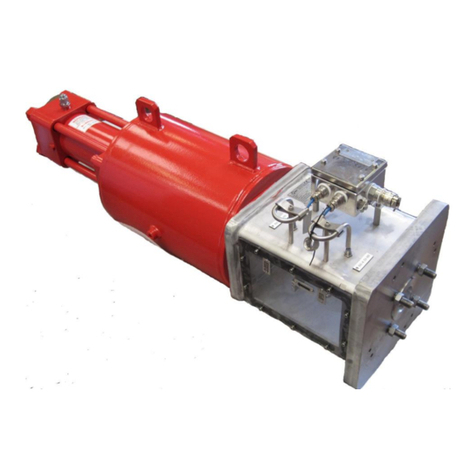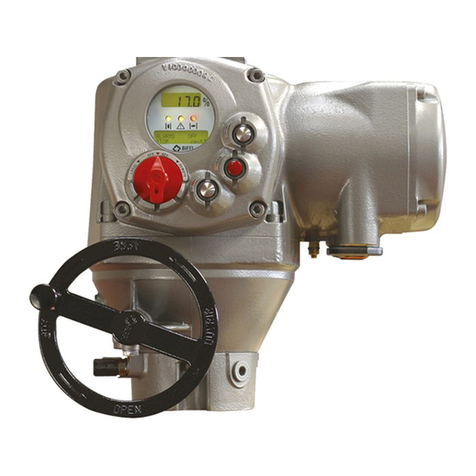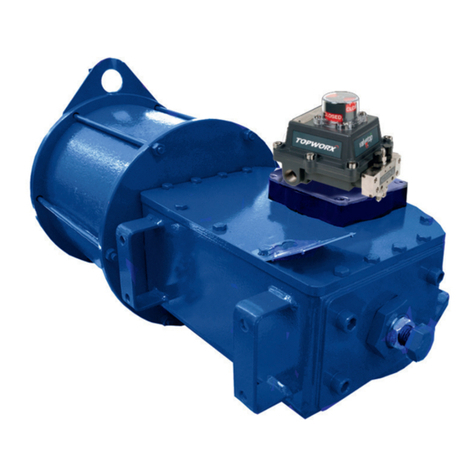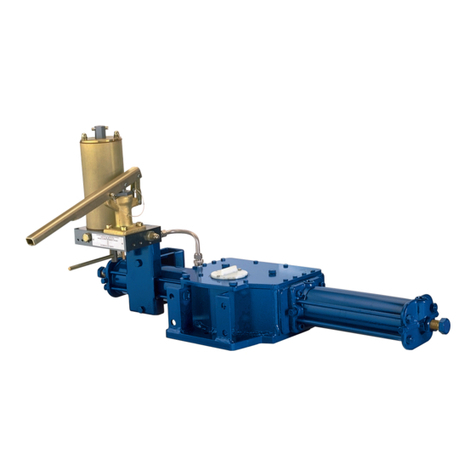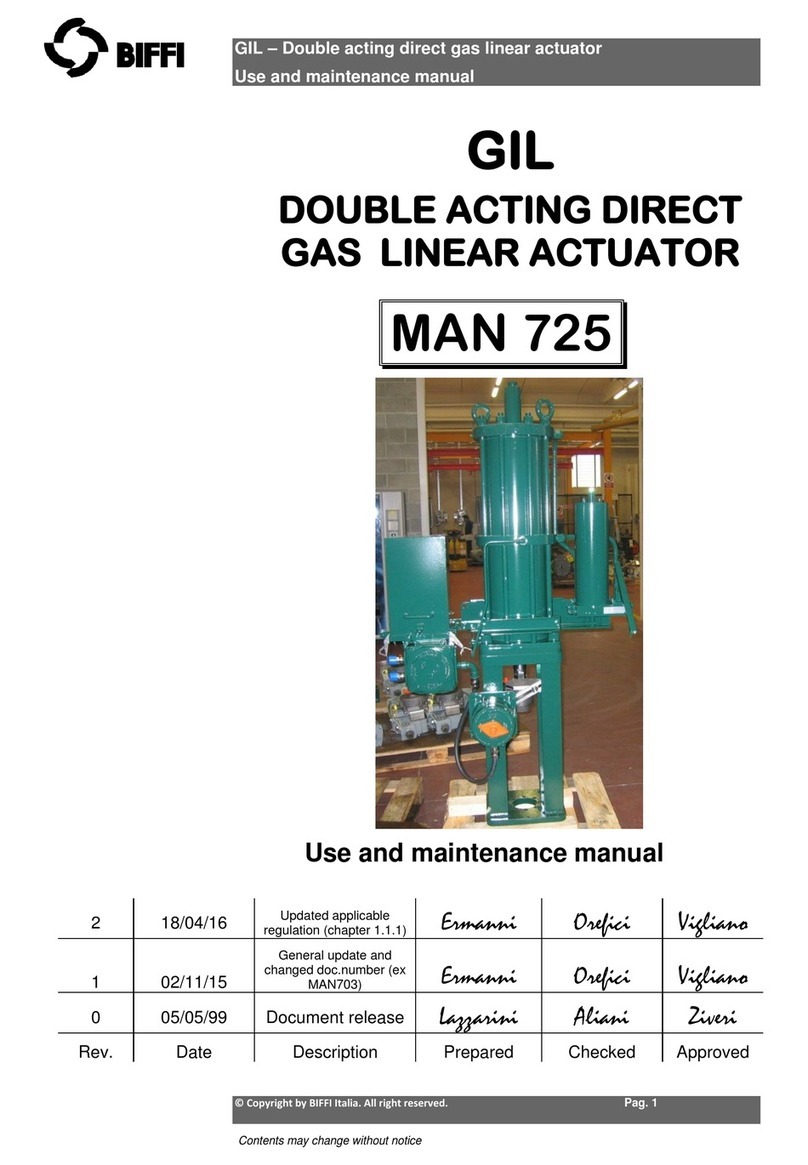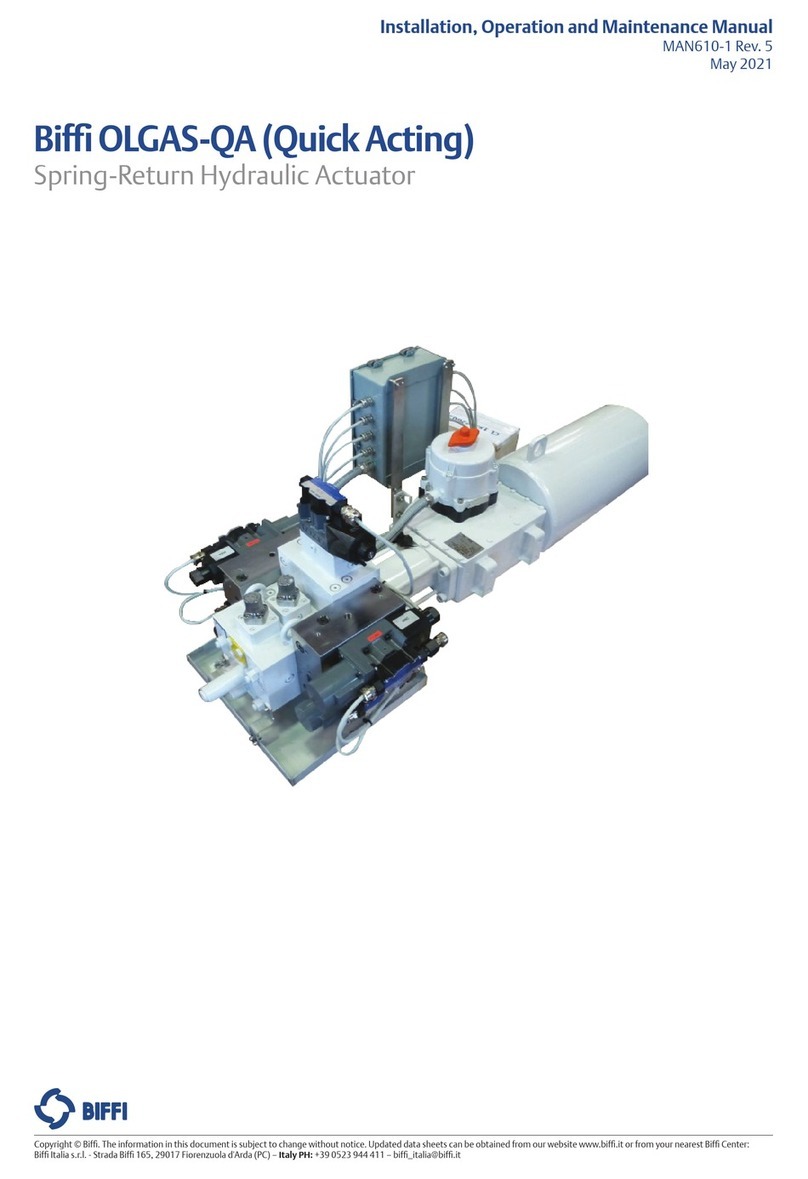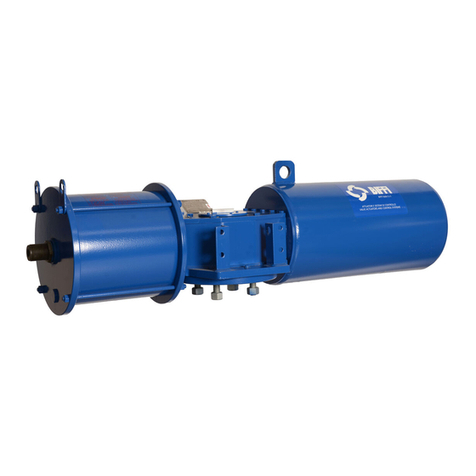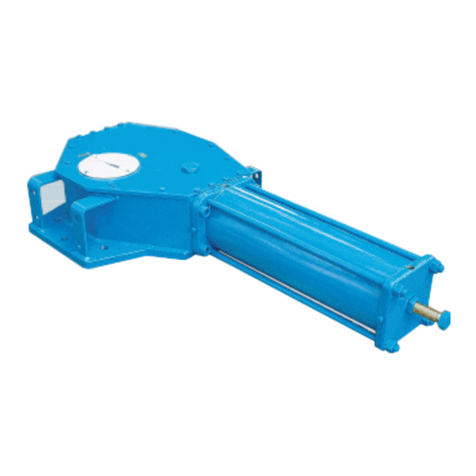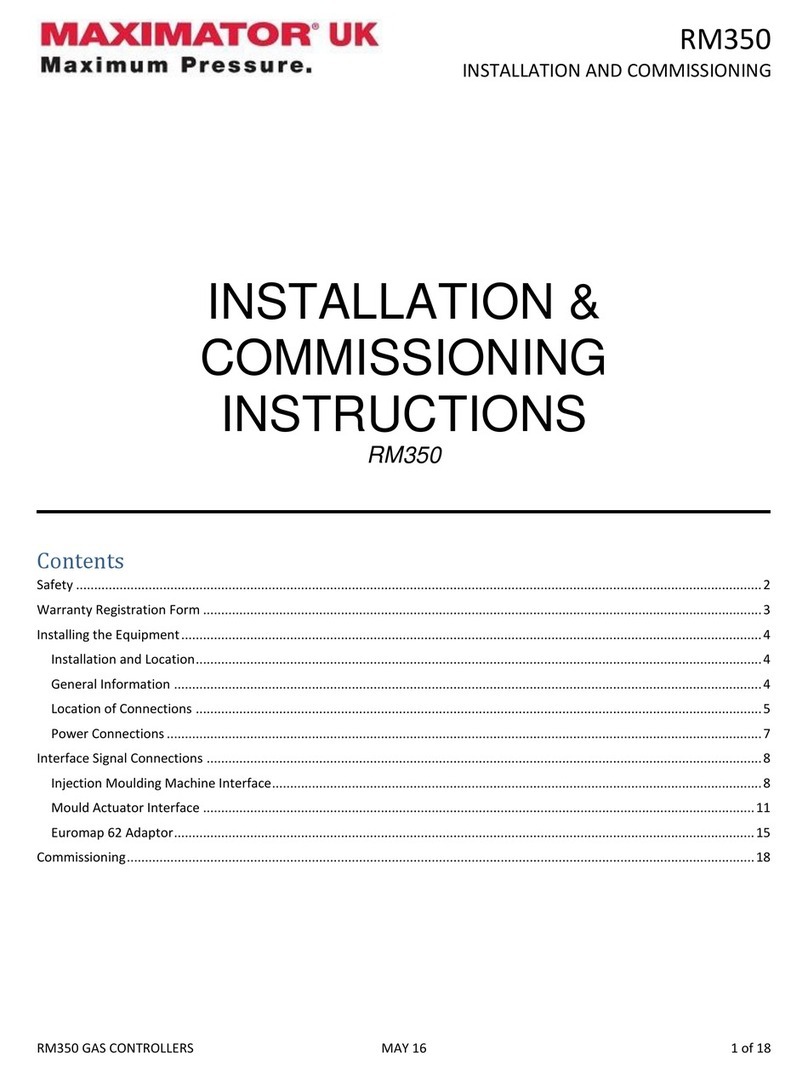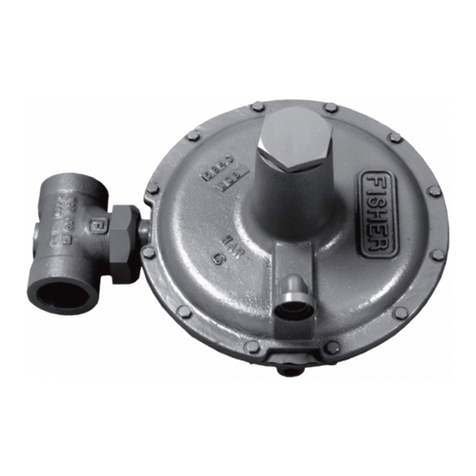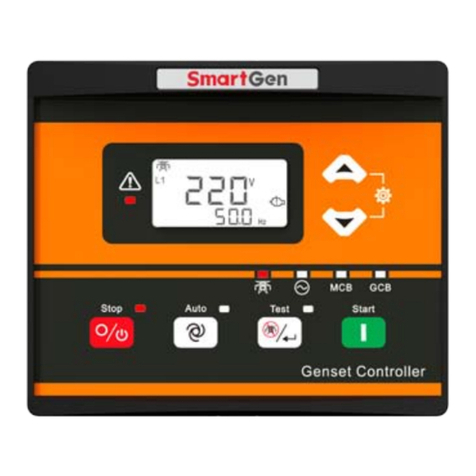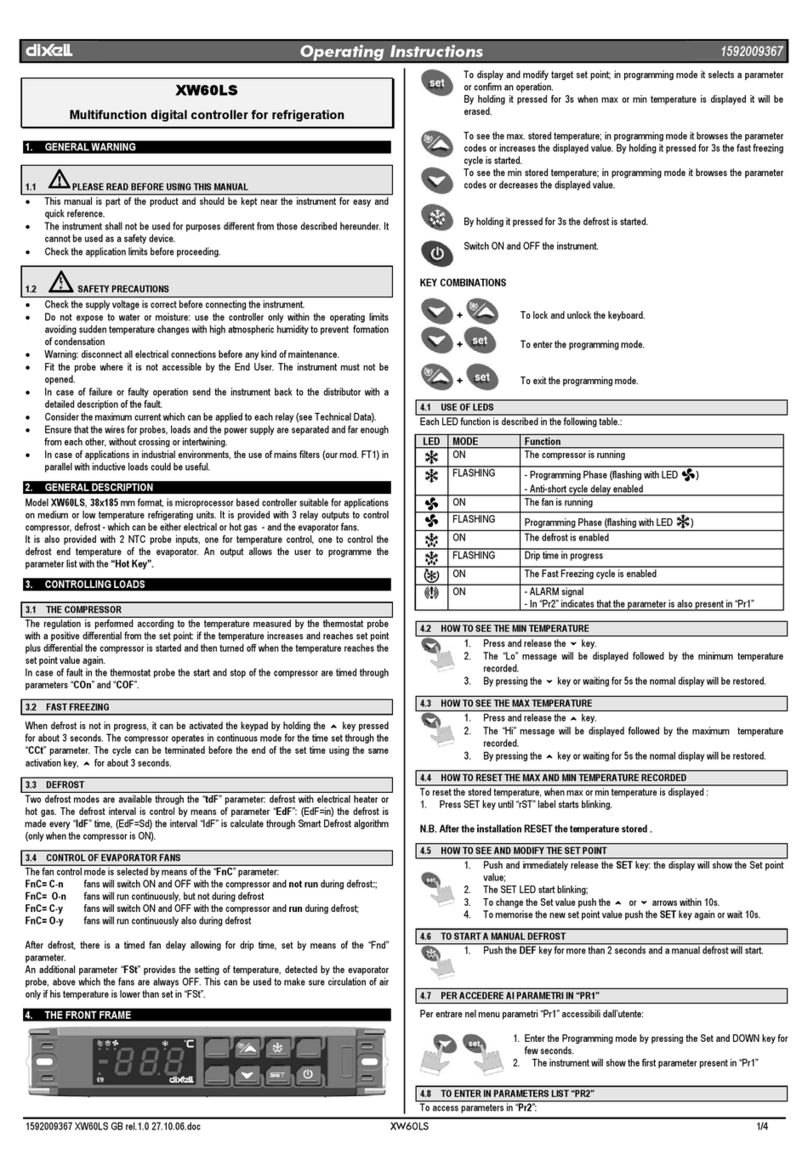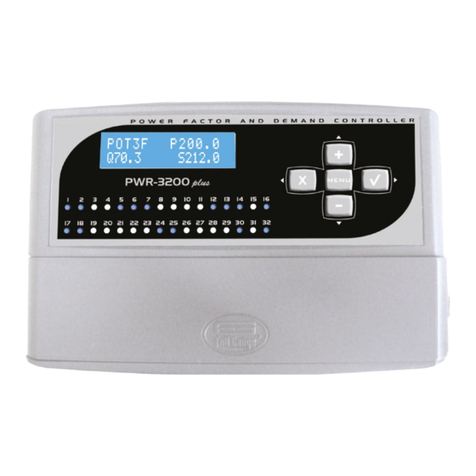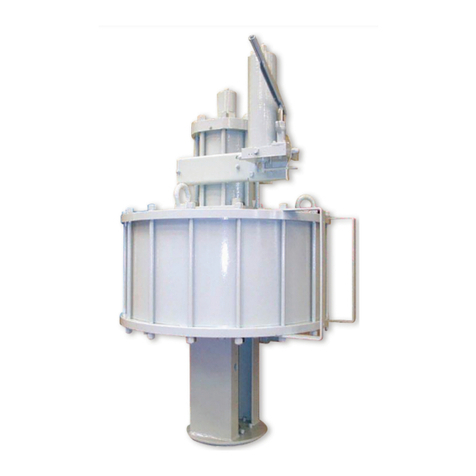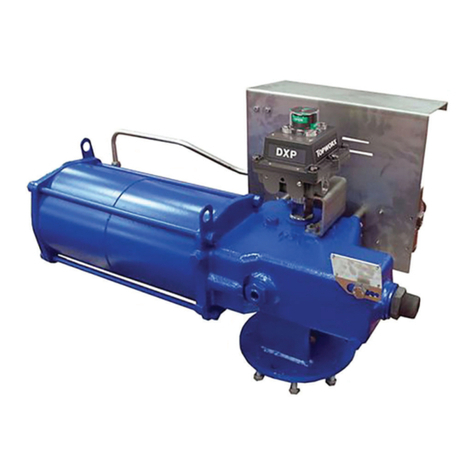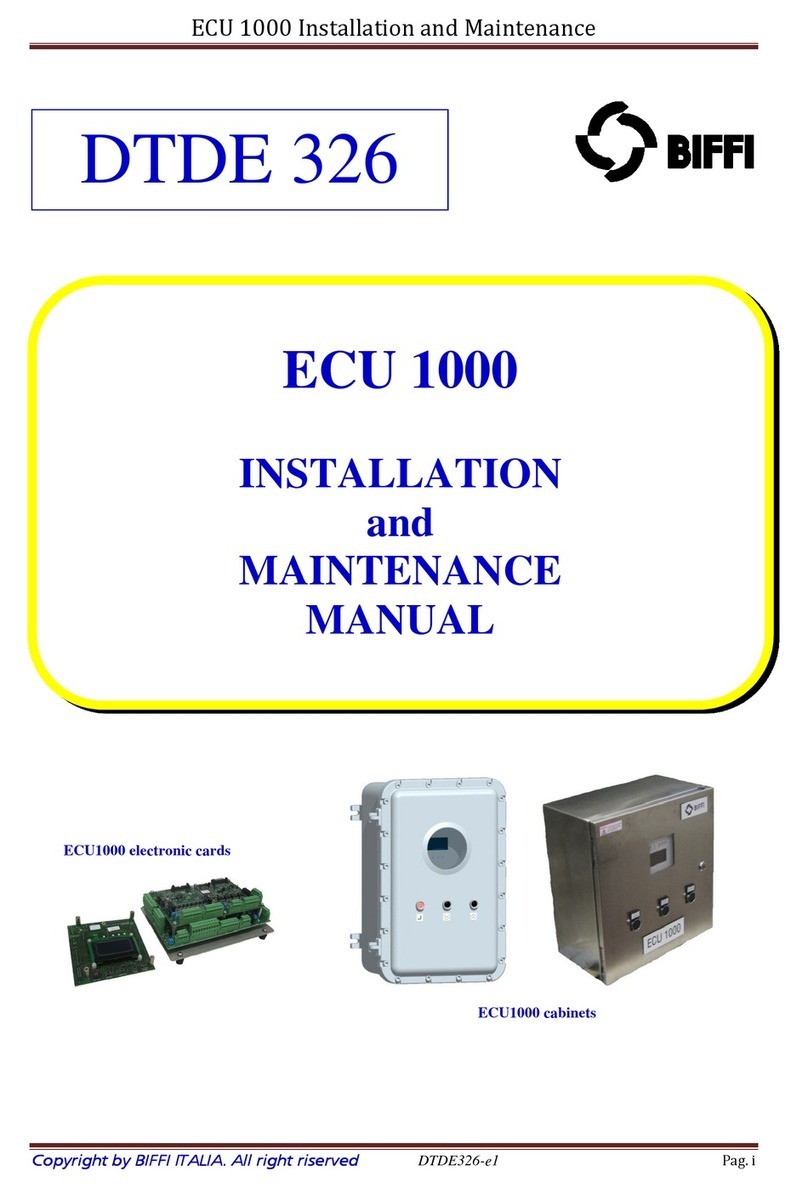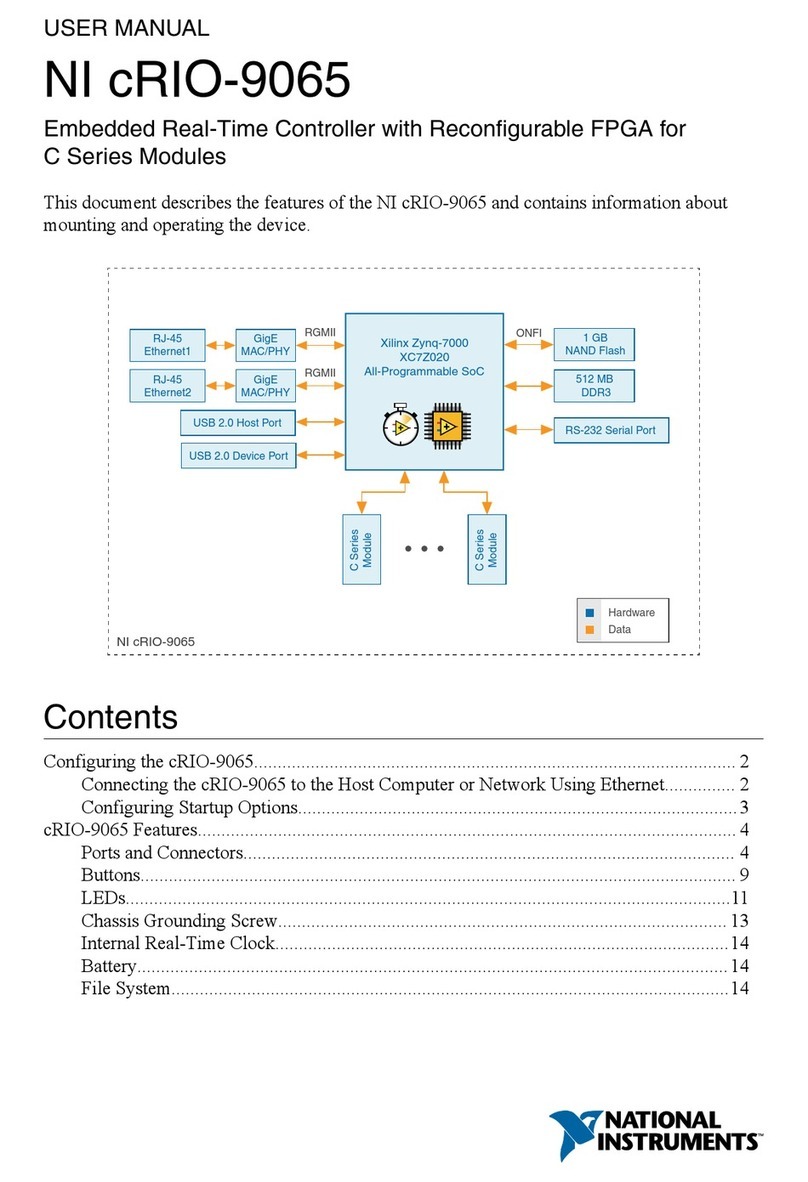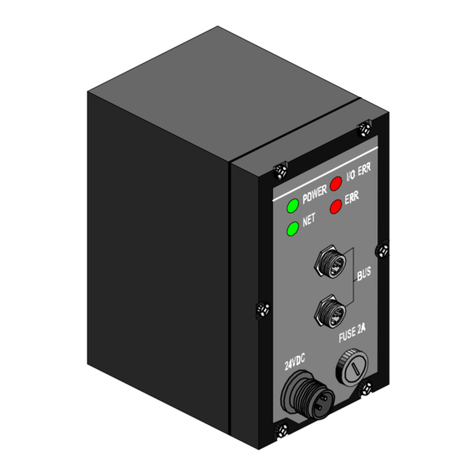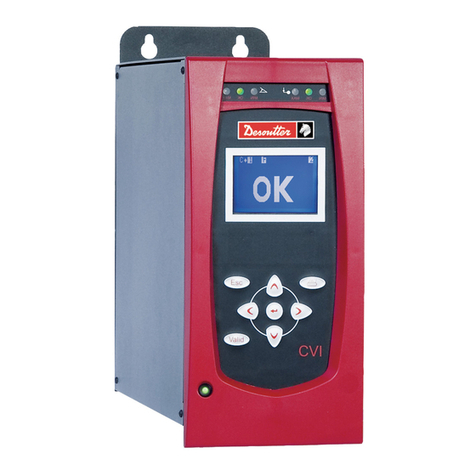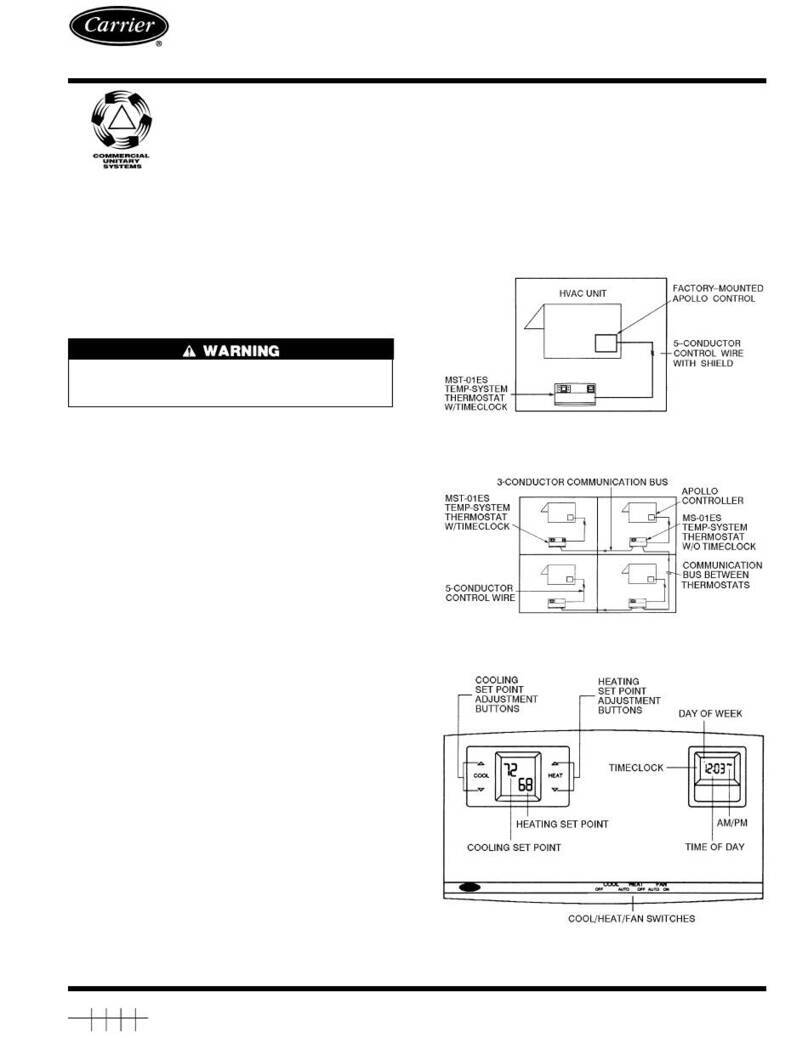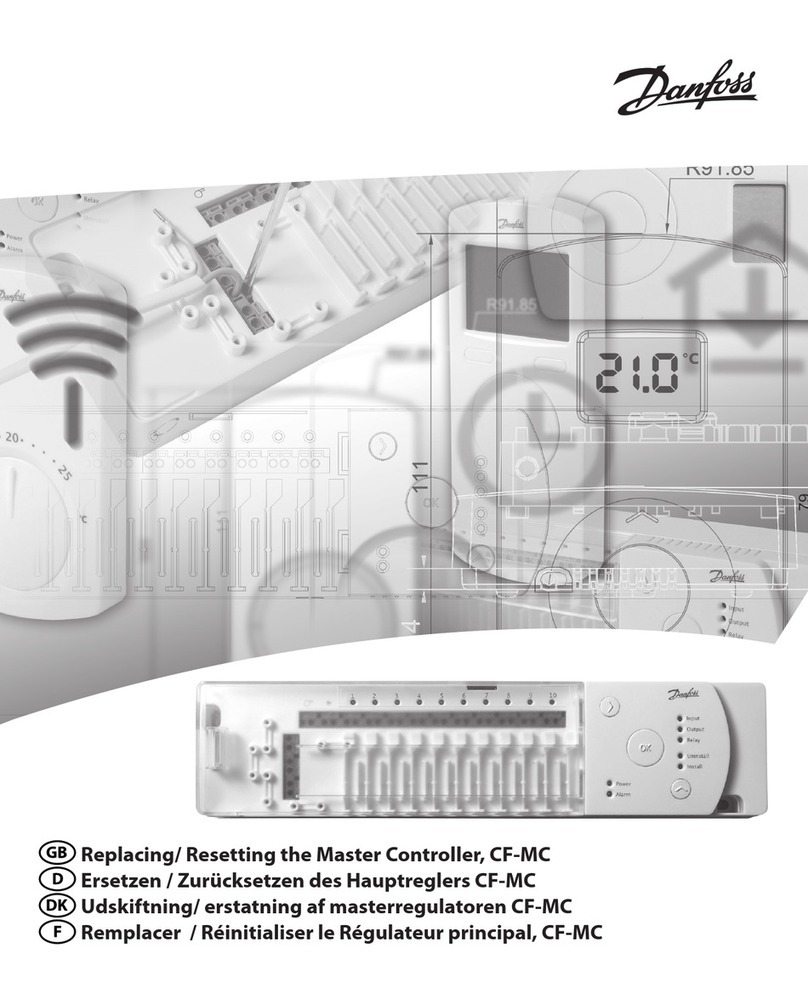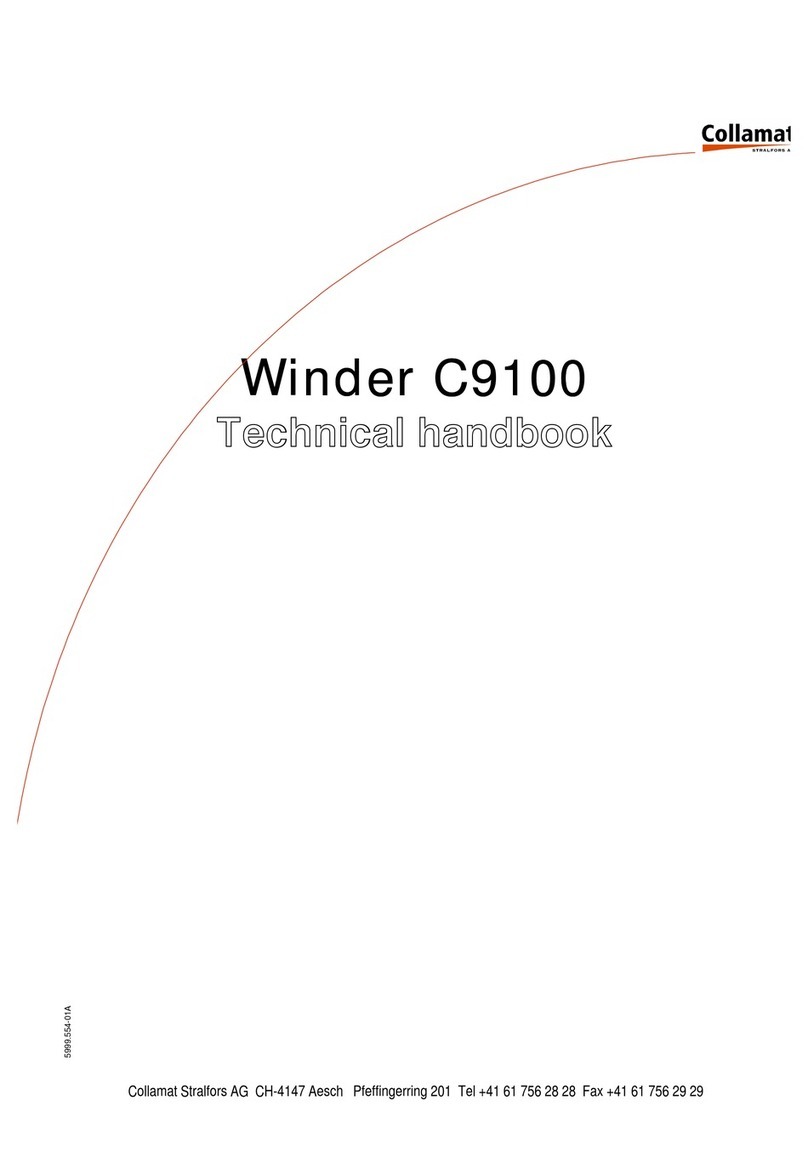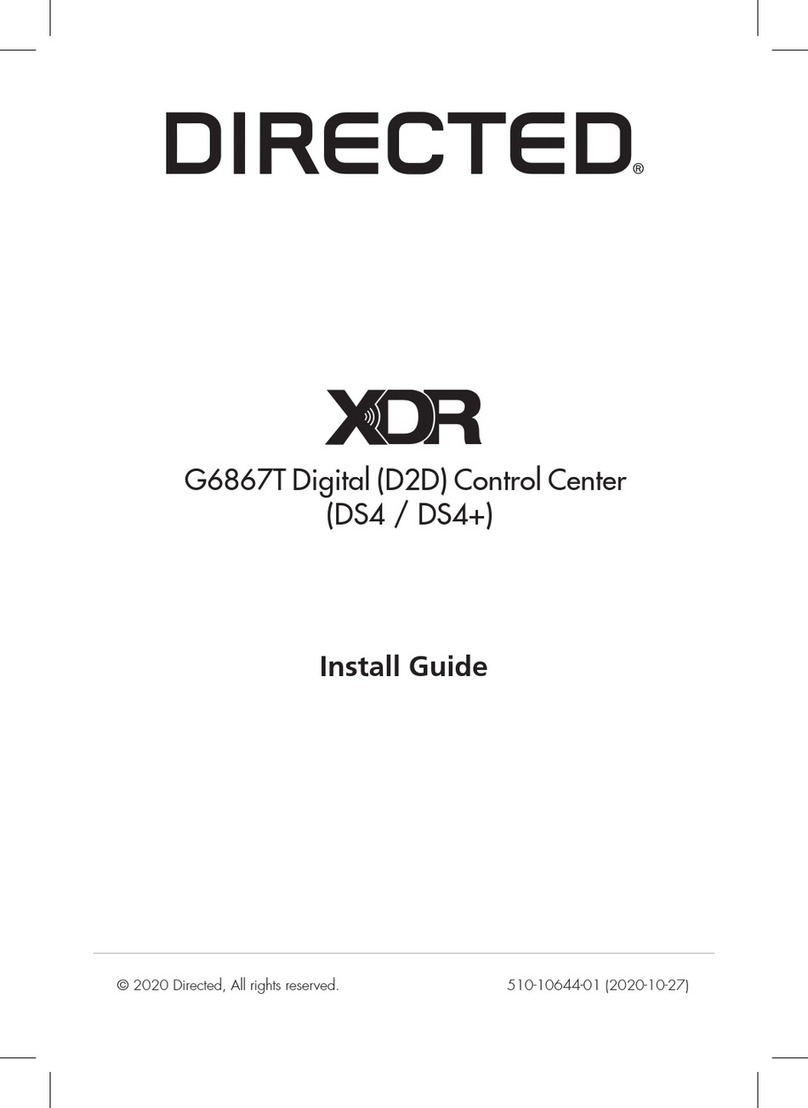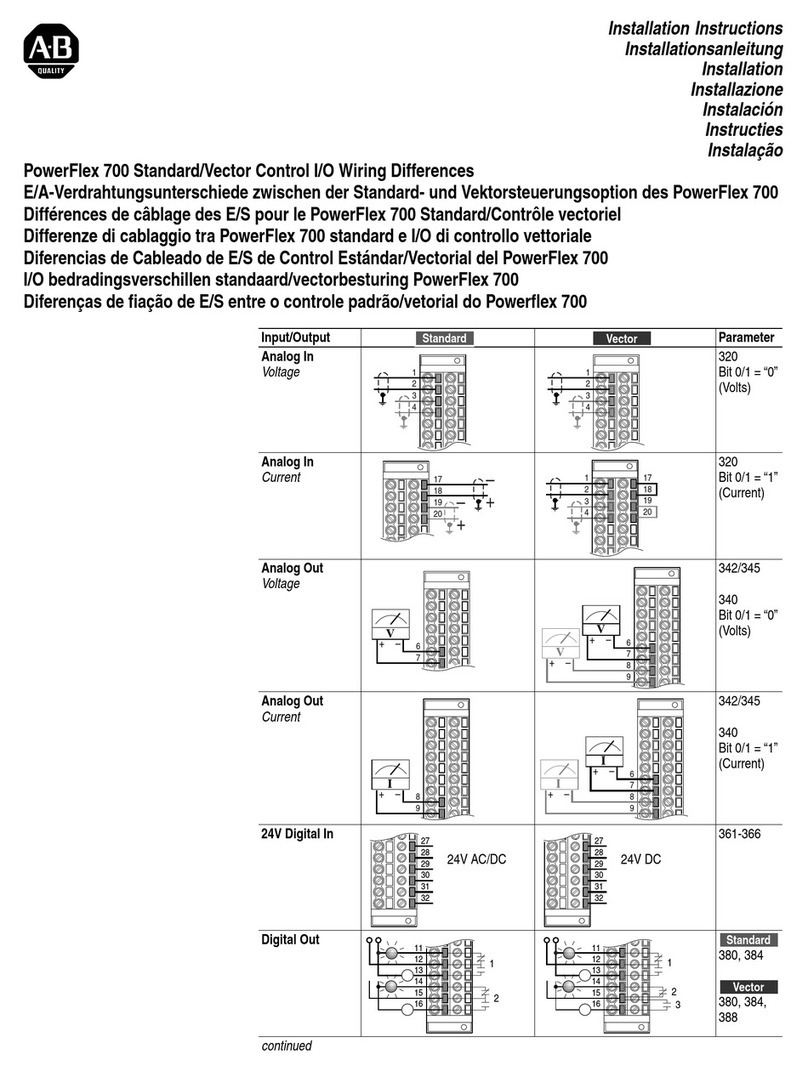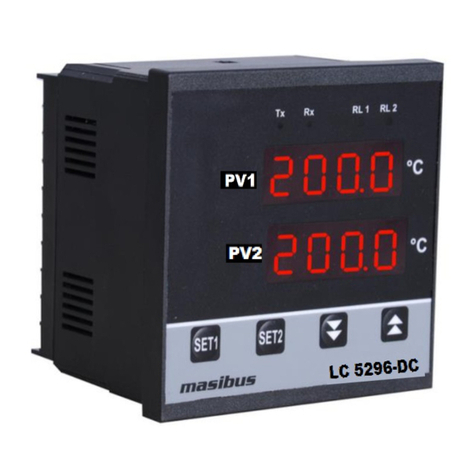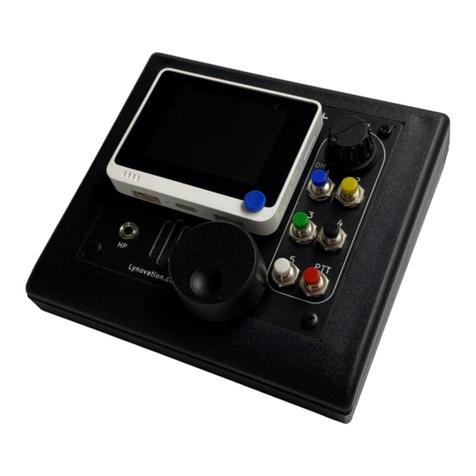
December 2020
Installation, Operation and Maintenance Manual
MAN 608 Rev. 5
Installation
14
Section 2: Installation
2.5 Hydraulic Connections
! WARNING
Check that the values of hydraulic supply available are compatible with those reported on
the identication plate of the actuator.
NOTICE
The connections should be made by qualied staff. Use pipes, ttings and connections
appropriate as for type, material and dimensions.
Connect the actuator to the hydraulic feed line with ttings and pipes in accordance to the
plant specications. They must be sized correctly in order to guarantee the necessary oil
ow for the operation of the actuator, with pressure drops not exceeding the maximum
allowable value. The shape of the connecting piping must not cause excessive stress
to the inlets of the actuator. The piping must be suitably fastened so as not to cause
excessive stress or loosening of threaded connections, if the system undergoes strong
vibrations. Every precaution must be taken to ensure that any solid or liquid contaminants,
which may be present in the hydraulic pipework to the actuator, are removed to avoid
possible damages to the unit or loss of performance. The inside of the pipes used for the
connections must be well-cleaned before use: wash them with suitable substances and
blow through them with oil or nitrogen. The ends of the tubes must be well debarred and
cleaned. Once the connections are completed, operate the actuator and check that it
functions correctly, that the operation times meet the plant requirements and that there
are no leakages in the hydraulic connections.
2.6 Electrical Connections (If Any)
! WARNING
Use components appropriate as for type, material and dimensions. The connections should
be made by qualied staff . Before carrying out any operation, cut line power off.
Safety provisions:
2006/95/EC: Directive for low voltage equipment (until 19 April 2016)
2014/35/EU from 20 April 2016
2004/108/EC: Directive for the electromagnetic compatibility (until19 April 2016)
2014/30/EU from 20 April 2016
94/9/CE: Directive and safety instructions for use in hazardous Area
(until 19 April 2016) 2014/34/EU from 20 April 2016
Remove plastic plugs from cables entries
• Screw rmly the cable glands.
• Introduce connection cables.
• Make the connections in compliance with applicable wiring diagrams on the
documentation supplied.
• Screw the cable gland.
• Replace the plastic plugs of unused entries with metal plugs.





















